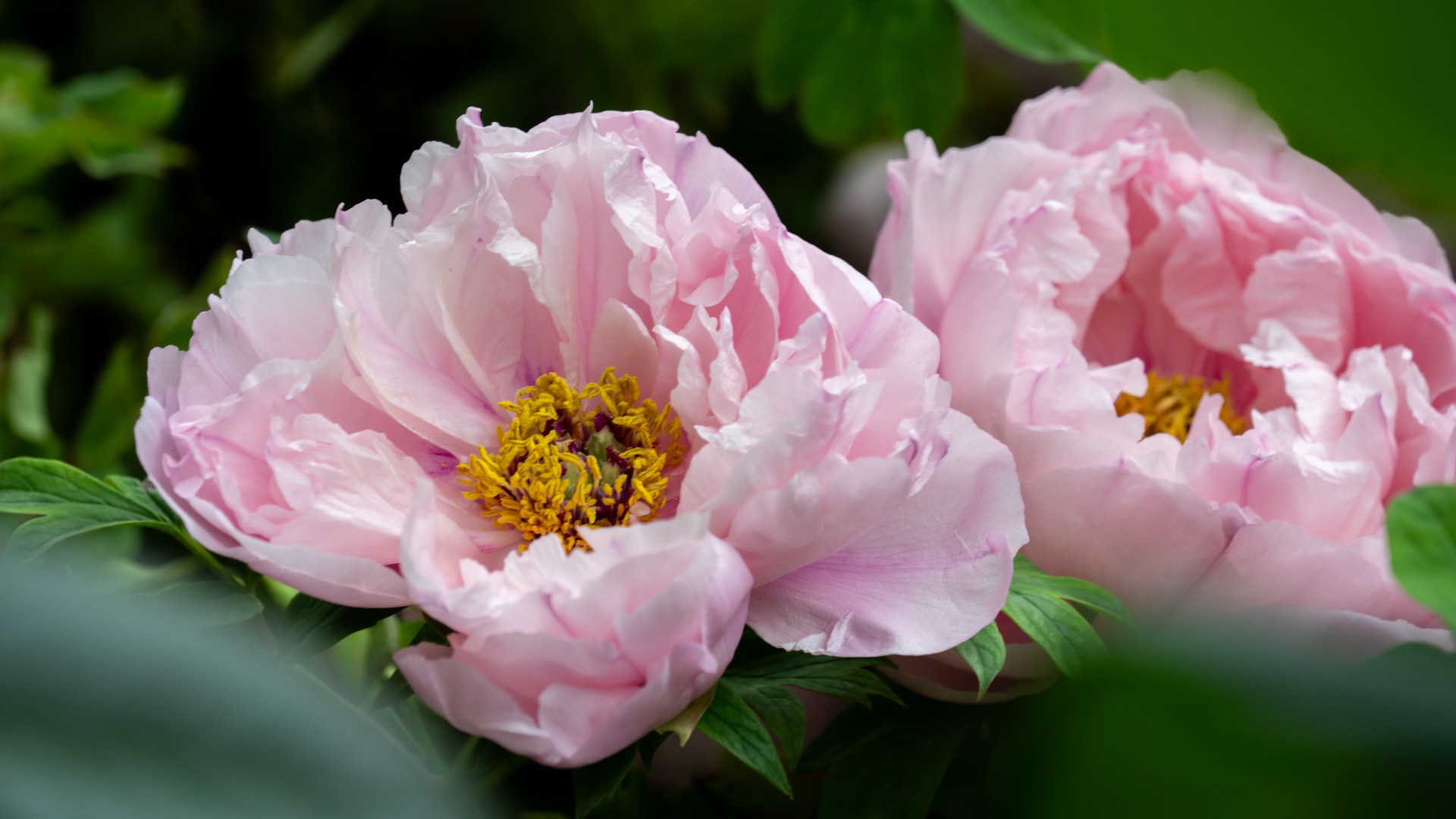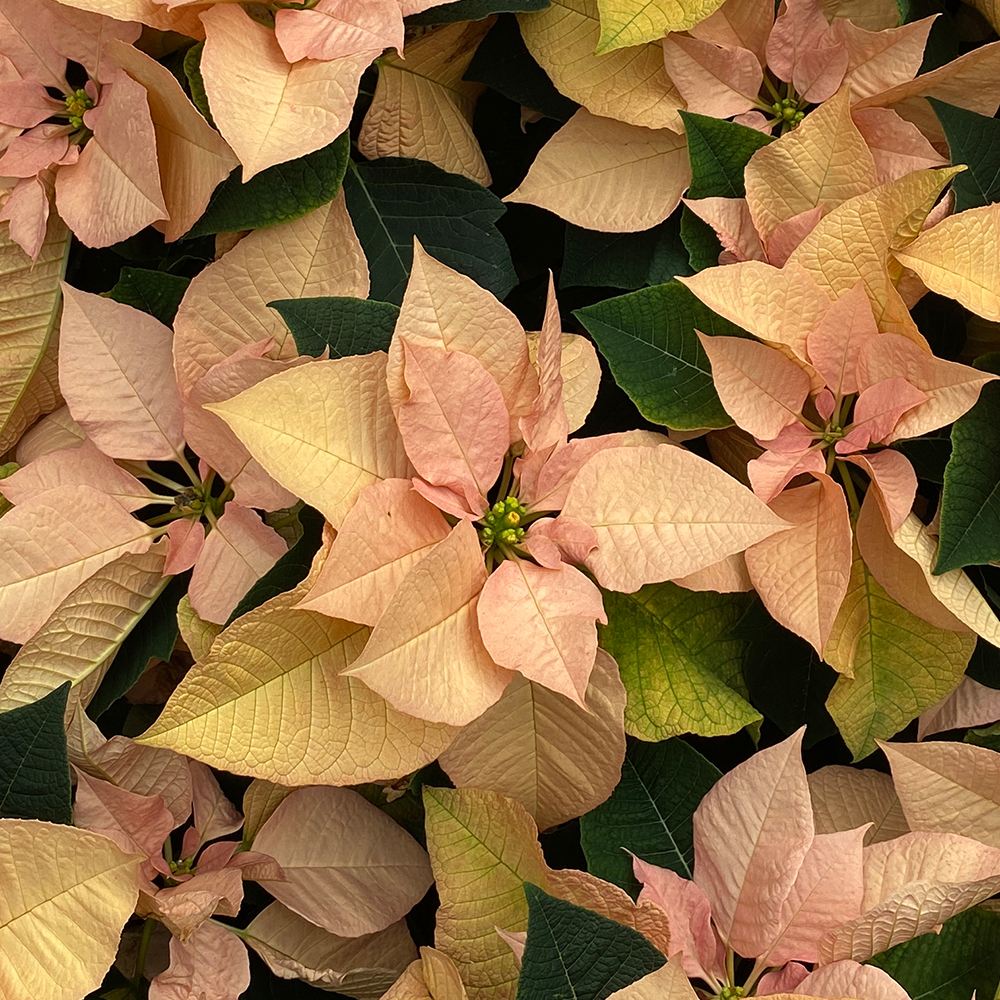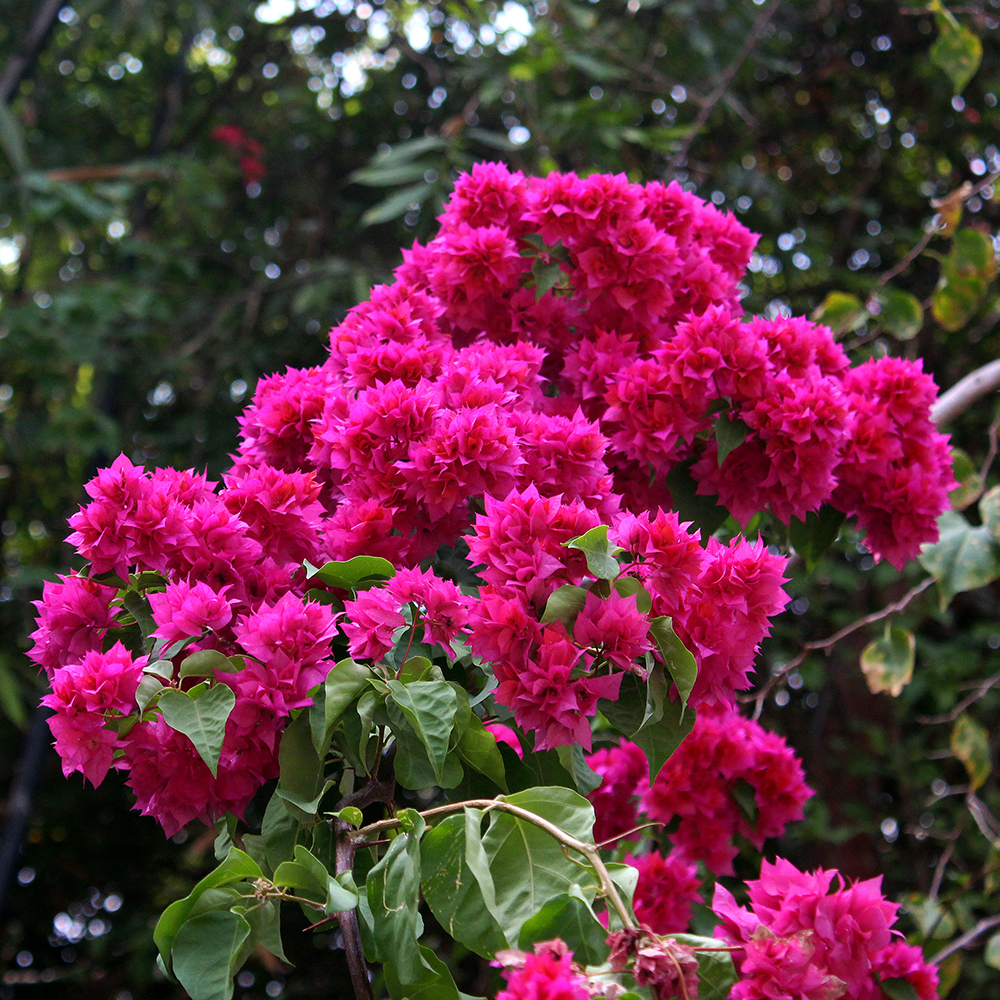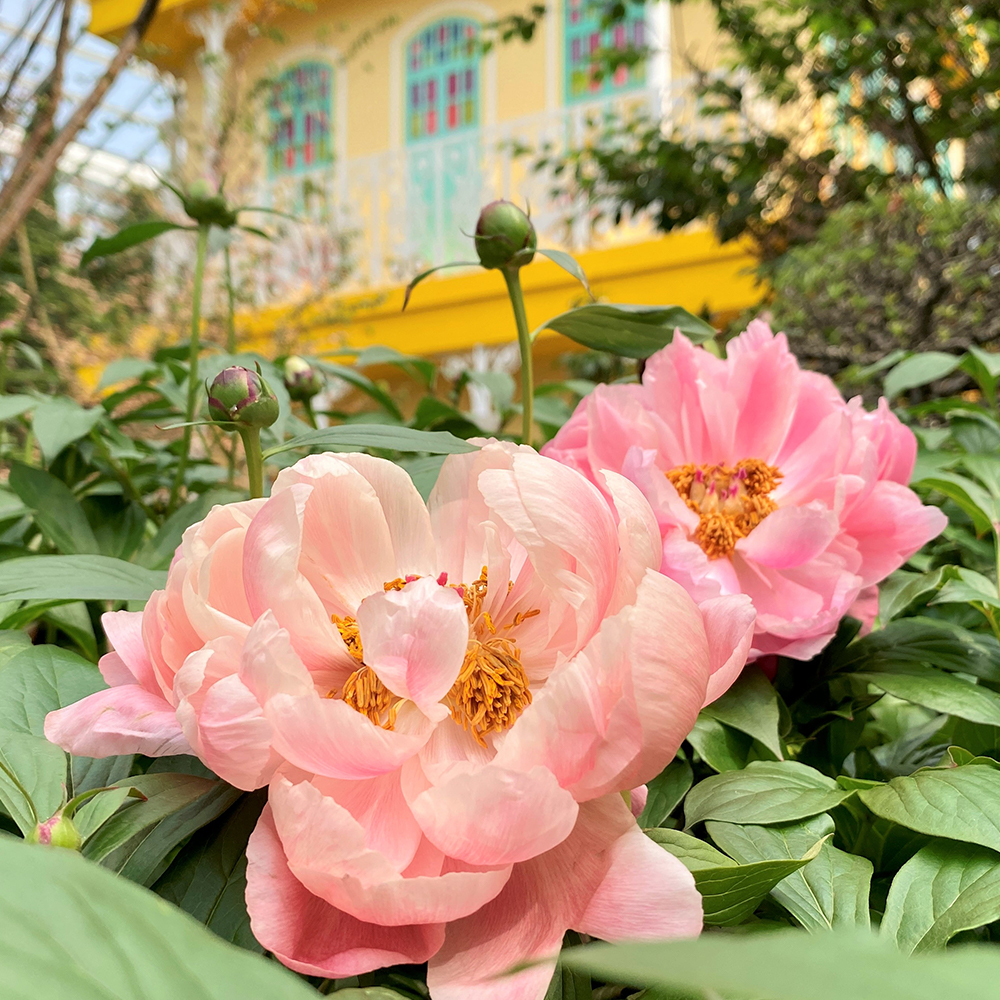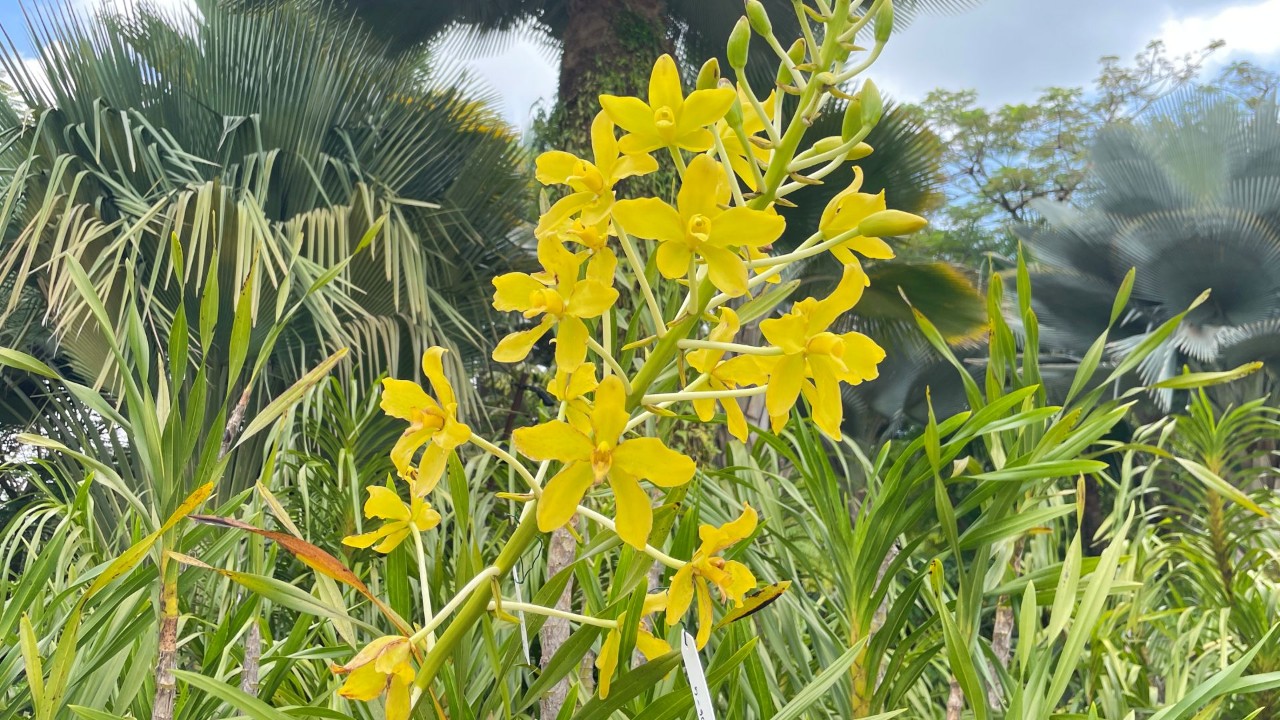
The ‘Queen of Orchids’, the tiger orchid (Grammatophyllum speciosum) is the world’s largest orchid by plant height and weight, with each plant growing in a huge clump that can weigh up to 2 tonnes and is composed of thick, cane-like stems that can reach up to 7.6m in height! A member of the 13-species Grammatophyllum genus within the huge Orchidaceae family, encompassing about 30,000 species, the tiger orchid is native to lowlands of Southeast Asia, from Myanmar to Papua New Guinea. An epiphytic, psuedobulb-bearing orchid, it is found in humid tropical forests, growing in the crooks of huge tree trunks.
Singapore is also part of the tiger orchid’s native range; however, this species was locally driven to extinction in the wild during the 1900s due to habitat loss and land development. From 1995 onwards, propagation and reintroduction efforts led by the Singapore Botanic Gardens have reintroduced this species to nature reserves and natural areas in Singapore. Now frequently found in cultivation on our roadside trees as well as parks and gardens, the tiger orchid is commonly grown as a terrestrial orchid on the ground, owing to its huge size.
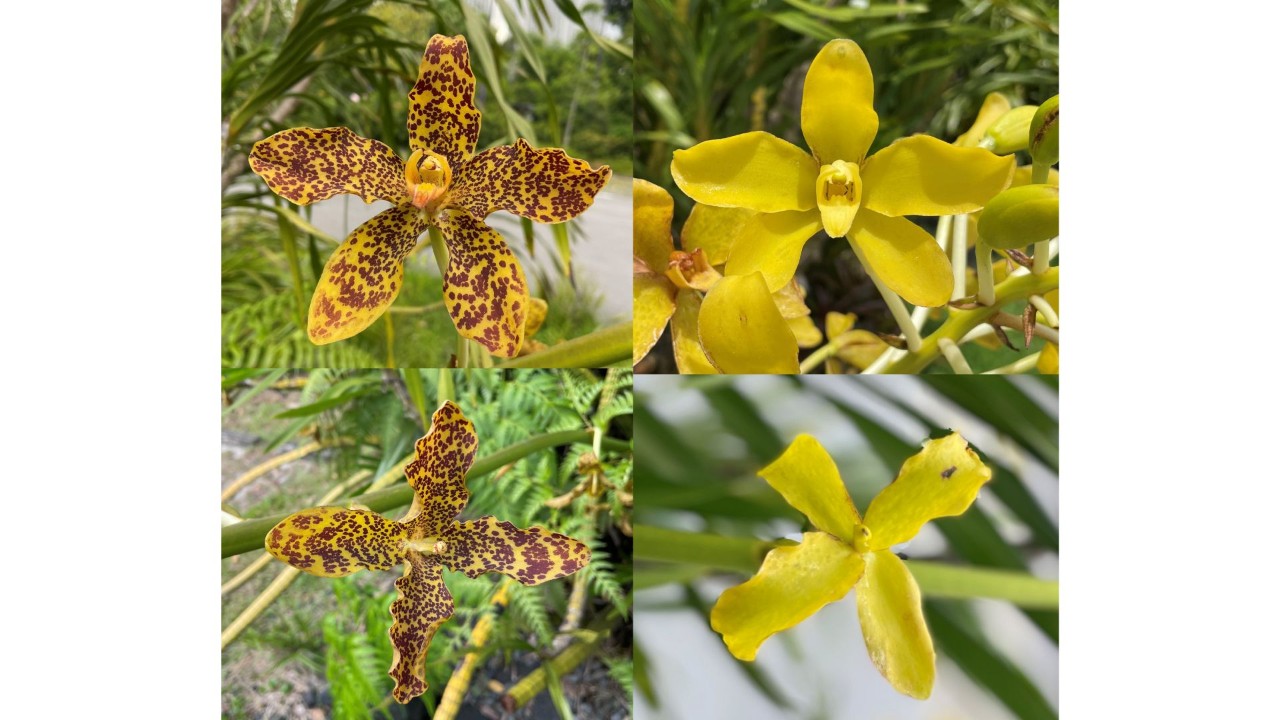 Wild-type tiger orchid flowers (left) show the characteristic reddish-brown mottling that gives the tiger orchid its name. There is also a rare yellow form, forma flavum (right), that has pure yellow flowers. Mature, normal flowers of both wild-type and f. flavum are shown at top. These make up most of the flowers on each inflorescence or flower stalk. The basal first few flowers of each inflorescence are abnormal, bearing only two petals and two sepals, and are sterile, missing the column that contains the male and female reproductive organs (bottom). These abnormal flowers are, however, more scented and may have a larger role in attracting their carpenter bee pollinators to the plant.
Wild-type tiger orchid flowers (left) show the characteristic reddish-brown mottling that gives the tiger orchid its name. There is also a rare yellow form, forma flavum (right), that has pure yellow flowers. Mature, normal flowers of both wild-type and f. flavum are shown at top. These make up most of the flowers on each inflorescence or flower stalk. The basal first few flowers of each inflorescence are abnormal, bearing only two petals and two sepals, and are sterile, missing the column that contains the male and female reproductive organs (bottom). These abnormal flowers are, however, more scented and may have a larger role in attracting their carpenter bee pollinators to the plant.
Tiger orchids bloom sporadically, every 1-4 years, depending on size, maturity, and environmental factors. In Singapore, blooming has been observed to be triggered in this species when a long period of cool, rainy days is following by sunny, hot, dry days – exactly the weather pattern we experienced earlier, with plentiful rain from the end of December through around 20 January, and hot, dry weather with intense sun thereafter. Tiger orchid flower stalks can reach up to 3 meters in length and last up to two months, as the flowers slowly develop and bloom from the base of the flower stalk to the tip.
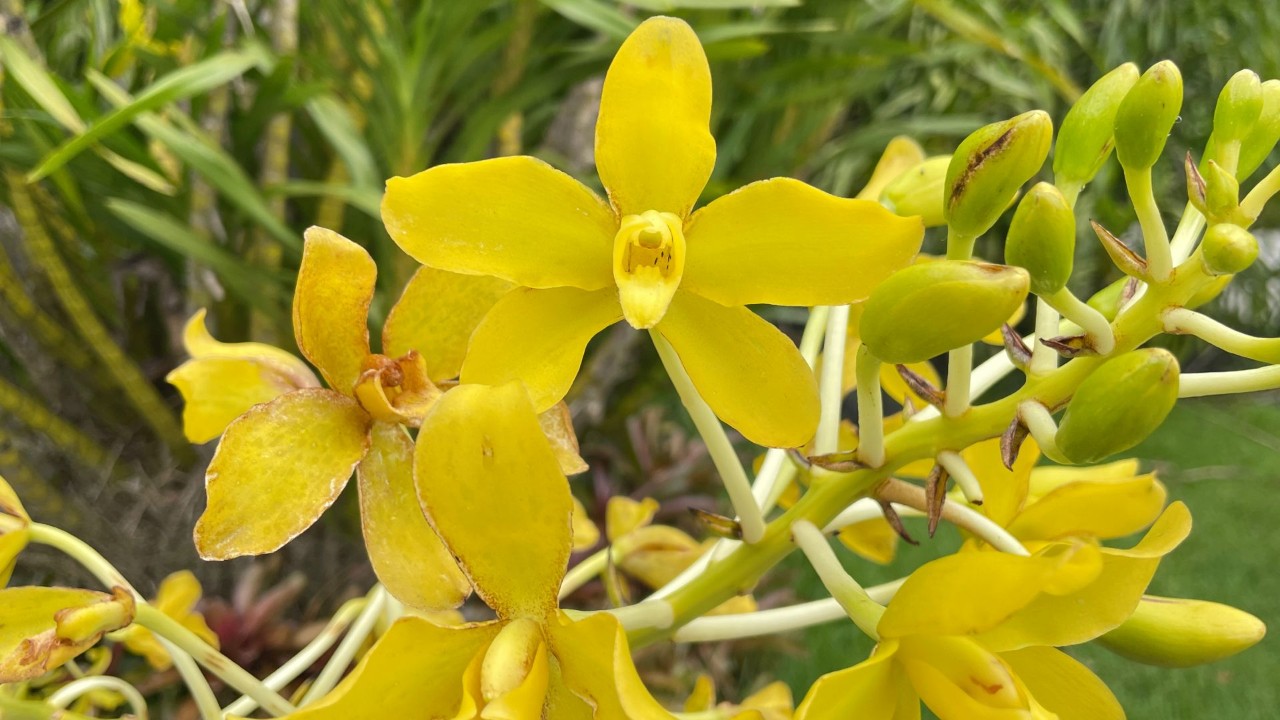 The inflorescence tip of a yellow-flowered form of tiger orchid, blooming at Golden Garden.
The inflorescence tip of a yellow-flowered form of tiger orchid, blooming at Golden Garden.
Mature tiger orchid flowers can reach up to 10cm in diameter with 40-80 flowers on each long inflorescence. In contrast to the tiger-pattered flowers of the wild-type form of the species found throughout Singapore and the Gardens, Gardens by the Bay also has a rare yellow-flowered form which bears non-patterned flowers in pure golden-yellow.
This unique yellow-flowered plant has pride-of-place in the Golden Garden, where you can find it in bloom throughout the next few weeks! Also keep an eye out for the large seed capsules developing on older flower stalks which will gradually mature over the course of several months!
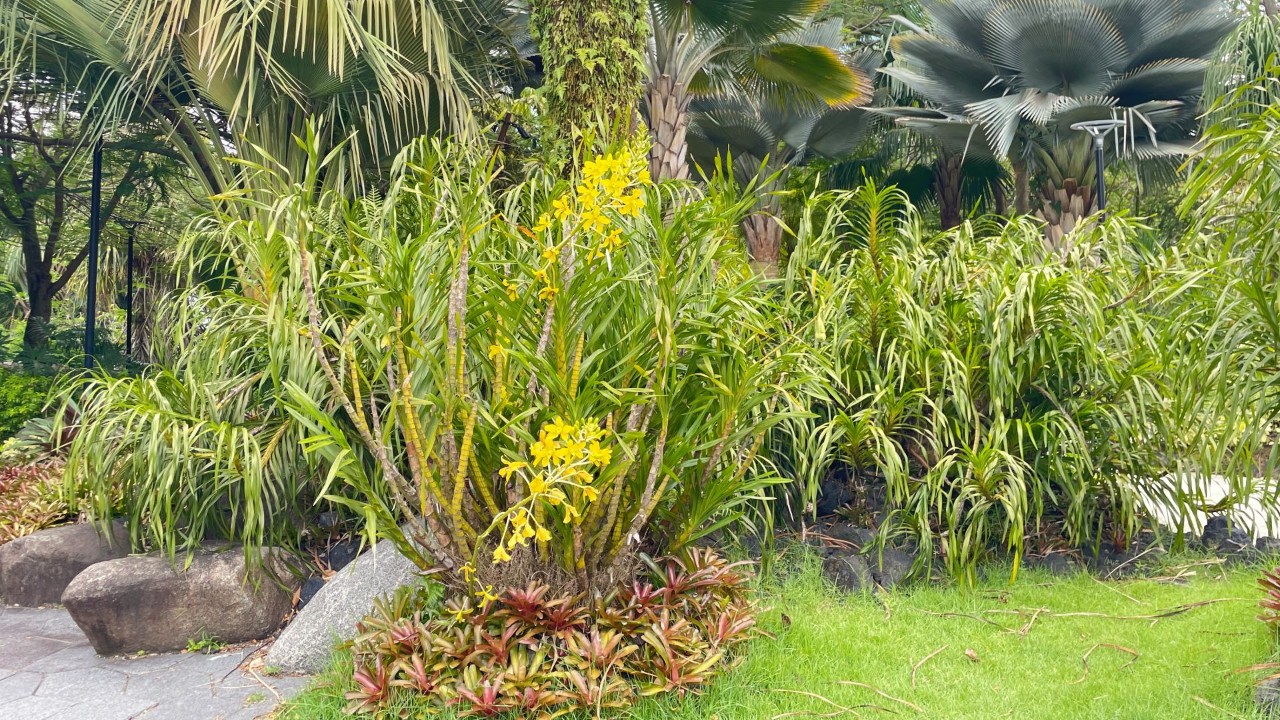 Find the yellow-flowered form of the tiger orchid blooming in the Golden Garden, right across from the Gardens by the Bay flagpoles and sign.
Find the yellow-flowered form of the tiger orchid blooming in the Golden Garden, right across from the Gardens by the Bay flagpoles and sign.
Written by: Janelle Jung, Senior Researcher (Research and Horticulture)
A transplanted pake (Hawai'i-born Chinese), she's finding her own Singaporean roots. Every plant has a story, and Janelle helps discover and share these with colleagues and guests, hoping to spark a mutual plant passion! Ask her what plant she named her cat after!
